

| Kaliningrad: a smuggler’s nest | |
Kaliningrad (Russia), December 15th 2015
|
|
|
|
|
Kaliningrad is a part of Russia which is sandwiched between Poland and Lithuania, and has no connection to mother Russia. Kaliningrad is an exclave of Russia within the borders of the European Union. Because of its geographical location and the long history it has with the surrounding areas, who for years were also part of the Soviet Union or its sphere of influence, the area has developed into a real smuggler’s nest. Immediately after the collapse of the Soviet Union, the area ended up in a free fall, but its good transport links with the European Union and a local government that puts the smugglers no obstacles in their way, Kaliningrad developed into a true smugglers and money laundering paradise. The Kaliningrad region formerly belonged to the Prussian Empire and was often seen as a fourth Baltic State. However, at the end of World War II, the area was in the hands of the Soviet Union. Many original residents left the area and through trans-migration policies (including the positioning of military personnel), the area was Russified. When the Soviet Union collapsed in 1990, there were no people who claimed the area, like for example happened in Estonia, Latvia and Lithuania. The area thus stayed by default without further incident at the hands of the Russians, especially since Germany renounced any future claim, which they could have, based on historical grounds. Since then, the area is Russian and it is next to a smuggler’s paradise also a very important (military) strategic area for the Russians. |
|
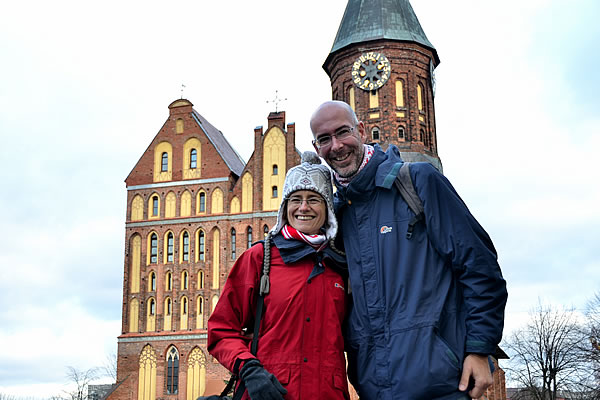 |
|
Us in front of Kaliningrad's cathedral |
|
Kaliningrad has always interested us. We had never spoken to someone who had been there and the old name Königsberg has always had something magical. Königsberg was founded as a fortress of the Knights of the Teutonic Order on the site of the old Prussia village Twangste in January 1255. Between 1740 and 1763 Königsberg was the geographical centre of several wars between Prussia, Poland and Russia. In the aftermath of the Napoleonic Empire, Königsberg was the administrative and spiritual centre of Prussia, where a reform program was developed and the uprising against Napoleon’s rule was organized. From then Prussia became a major power in Europe, which after 1815 (the year in which Napoleon was defeated) virtually dominated the entire North European Plain from Russia to the Dutch border. In the 19th century the town was considerably increased as a major eastern bastion of the German Empire. From this time, several old city gates remain, and at the beginning of the 21st century these have been restored, mostly with German money. Much of the city was destroyed by Allied bombing in World War II. We visited Kaliningrad in December. The city that is already grey and dreary from its own, is in gloomy winter weather not the place that puts a smile on your face. The buildings of the old historic centre, which were destroyed in the Second World War, have been replaced by dreary Soviet apartment blocks which are often in a state of decomposition. In the heart of town, several avenues have been refurbished, to allow for some charm to develop in the otherwise depressing environment. Scattered throughout the city are renovated old city gates, but the quality of these sites is so low that it cannot really justify a trip to this city. Most people who visit Kaliningrad are Germans, who visit in the summer time to see the remains of this once powerful German city. But they won’t be impressed either. Nevertheless, Kaliningrad is a typical Russian city and is relatively inexpensive and easy to visit from Poland or Lithuania. So in this sense, a short visit to the city definitely fits in an all Baltic experience when you’re in the area. |
|
 |
|
The very centre of Kaliningrad: Leninskiy Prospect |
|
But as we said, the city has serious problems. Unemployment is high and the economic activities that take place there are often illegal practices such as smuggling and money laundering. These shadowy part of the economy attracts other problems, such as drug abuse and prostitution. Once, Kaliningrad was also the main transit point for heroin to the EU, which has contributed to a high number of drug users among the population. Evidence of these problems are visible in for example the restrooms of shopping centres and train/bus stations, where blue light is installed to prevent drug users injecting drugs. The blue light make veins undetectable. The number of HIV-positive prostitutes is a huge problem for the city too. Research shows that one in three prostitutes in Kaliningrad is HIV-infected. The city is trying to improve the situation through policy. Drug use and HIV is tackled more seriously, but in terms of smuggling, not much is changing. Smuggling provides not only money for the city, but also jobs. The best example is the story of the Baltic Tobacco Factory company (BTF). This cigarettes manufacturer from Kaliningrad has a special cigarette brand designed for the smuggling. The cigarettes called Jin Ling are flooding the European market without the Russian government putting the company an obstacle in their way. To the contrary, the Russian government even facilitates the smuggling by offering 'special facilities' in the port of the city. BTF even has its own consultancy department that can help you with the smuggling of cigarettes into the EU as effectively as possible, including advice on packing methods and transport routes leading to the highest chance on success. In this way, more than 1.2 billion cigarettes are smuggled into the EU each year. Kaliningrad is perhaps not the most beautiful city to visit, but it certainly is a fascinating one. |
|
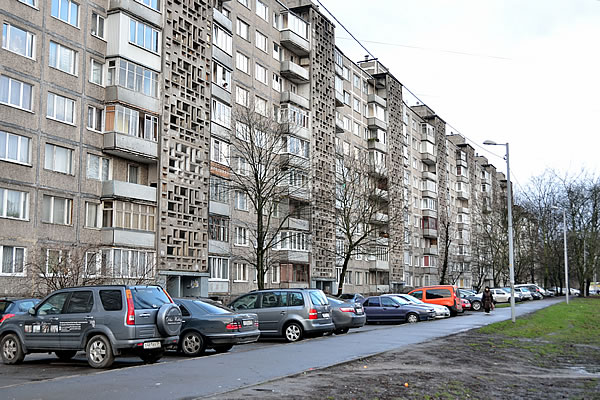 |
|
Old dreary Soviet flats |
|
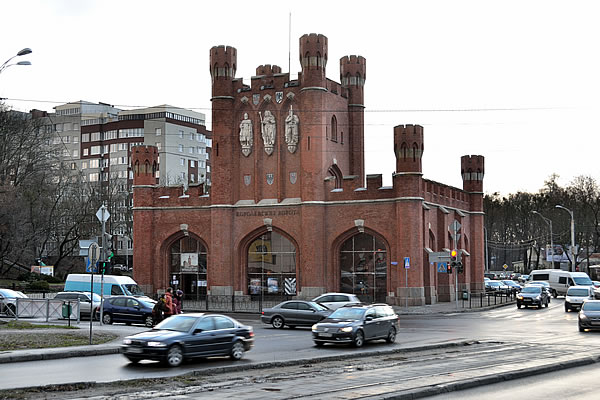 |
|
One of the surviving and restored city gates: King's Gate |
|
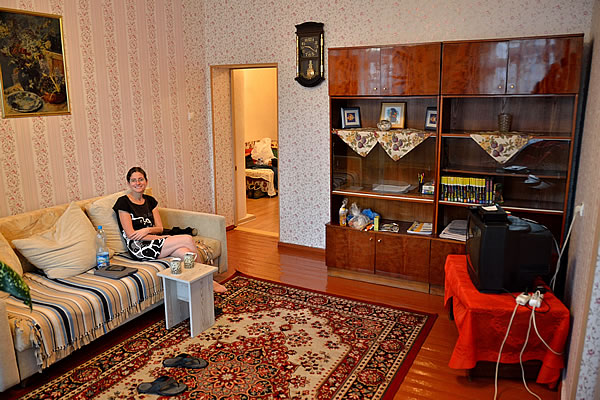 |
|
The typical Russian apartment we rented |
|
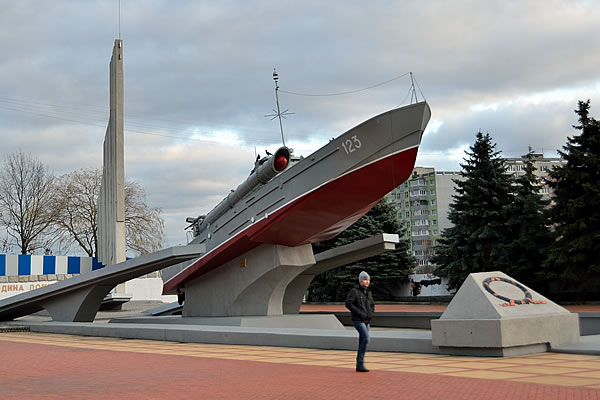 |
|
Example of 'new' Kaliningrad: a new square with new art |
|
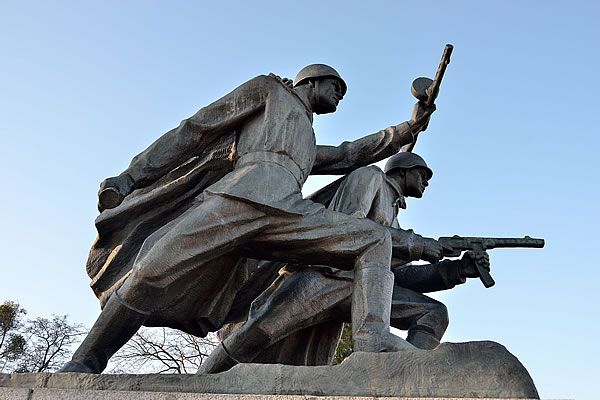 |
|
As everywhere in the former Soviet Union: 1941-1945 war memorials |
|
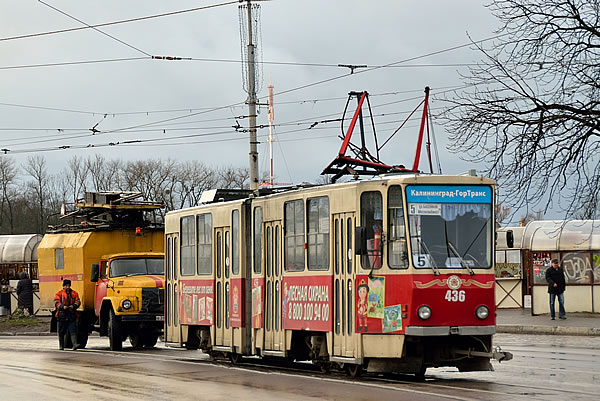 |
|
A broken tram © copyright - Babakoto.eu / 2015 |
|